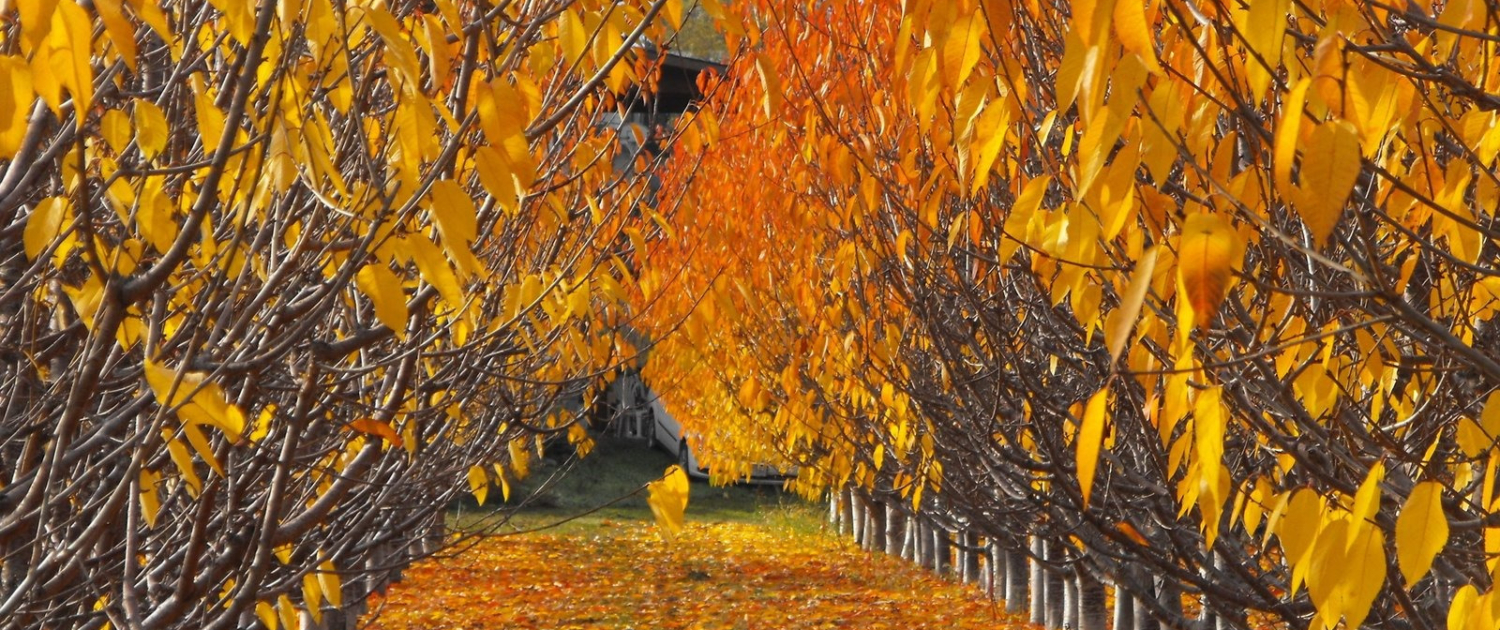
Taking Care of Lawns in Autumn
After yet another searing summer, it’s now the Autumn season in which we greet cooler evenings and begin to get ready for the cold winter. Your grass will be relieved as summers can be lengthy and challenging, especially with the intense climate conditions we have encountered in certain regions during the previous couple of months.
Addressing the Impact of Summer Contrasts on Your Lawn
In numerous regions, summer’s climate conditions went from one extreme to the next, within a day and sometimes within hours. Hot days combined with times of heavy rainfall were no doubt valuable to your garden, decreasing the need to water as often and keeping your grass green. Now however, you might start to notice some reactions from these climate patterns, with seed heads materializing, and deterioration in both leaf colour and development.
Substantial moisture can bring about a variety of concerns. Initially it can drain the supplements from your soil before your grass and plants have been able to take advantage of them, resulting in reduced soil richness. You can create a fertilizer to supplement this, by preparing decent NPK fertilizer with compost. To further amplify the efficiency of the fertilizer, add in kelp concentrates to bolster the nitrogen-fixing bacteria in the soil and give an immediate boost to aid in leaf development.
Soil compression is another common concern brought about by increased rainfall. Especially when in conjunction some wear and tear and a hotter climate, the ground has a tendency to solidify, diminishing the quantity of oxygen in the dirt. This essentially suffocates the root system of your garden. Address this by circulating air through via the application of a spiked roller, pitchfork or even spiked shoes to break up the soil. Consider the use of gypsum to likewise work to separate the soil, and any clay that might be in the subsoil.

Increase Expectations on Lawn Mowing
Autumn is the perfect time to begin increasing the mowing height of your lawn, especially in a sheltered and shaded regions of your garden. You ought to be leaving at least 50mm (5cm) of leaf on your lawn, even up to 60 – 70mm (6-7cm) in substantial shade. This will offer a superior leaf surface zone for your lawns for photosynthesis, allowing the grass to create essential sugars which are key for its general well being. Preserving a touch of additional length will likewise be valuable when winter approaches, as the grass leaves have a tendency to end up less ice affected with just the very tips dying off, leaving green growth underneath.
Getting the SOIL pH Correct
On the off chance that you haven’t checked your soil’s pH levels for some time, pre-winter is an appropriate time to do so. Out of balance pH levels will not only diminish your lawn’s presentation, it will also reduce the impact of fertilizing your lawns. The ideal lawn pH level is 6.5, which is somewhat acidic. It may be that you have to adjust a low soil pH, generally this is achieved by utilizing Sulfate of Ammonia, which will work to diminish alkaline soils.
Improve Your Lawn BEFORE WINTER
You should always apply a decent fertilizer to your lawn before winter arrives. This is likely the most vital sustenance you will give your grass all year. Ensure your grass is given a decent supply of nourishment with a NPK fertilizer, so that your grass will have the capacity to accomplish a tight sound matt of leaf development to hold out those winter weeds, alongside solid roots to battle the winter coolness.
Need Help?
If you have need help caring for your lawn, contact Jim’s Mowing at 310-5467 or book a lawn care job online.


